Each year, on the Monday and Tuesday before Ash Wednesday, crowds make their way through the streets of Port of Spain, Trinidad, covered in colorful costumes to celebrate their culture during the Carnival parade of bands through Calypso, Soca music, and Pan to “lime” (a Trini way of gathering and socializing).
The spirit of Carnival is at the heart of Trinidad and Tobago, often regarded as the most important social event of the country. Carnival is key to the economy of Trinidad and Tobago as well, boosting the social economy for a period of at least six weeks each year with industries from entertainment to hospitality banking on the festival for significant revenues.
The COVID-19 pandemic claimed the Carnival of Trinidad and Tobago as one of its victims in 2021 and 2022 with the cancellation of festivities considering social distancing requirements, travel restrictions and lockdowns. This had a significant impact on the economy of the country, and pushed key players in the Carnival industry to explore ways of keeping the spirit of Carnival alive all year long despite external forces such as pandemics.
Giving history a home
Rosalind Gabriel, the then President of the Trinidad and Tobago Carnival Bands Association, and a cornerstone of the Carnival community, having dedicated more than 50 years to making Carnival costumes for children, always dreamed of her country having a Carnival Museum. The pandemic was a rare opportunity for her to transform this dream into a reality.
She teamed up with Kenny Attai, a seasoned Carnival consultant of many years, to spearhead the development of a non-governmental organization to set up a Carnival Museum in the city of Port of Spain. They wanted to give their culture and history a home. The low economic activity generated by the pandemic also provided an opportunity for many key players from the Carnival community to volunteer on the Steering Committee of the Carnival Museum. The mission of the Steering Committee was to execute the creation of the physical museum and prepare for a hand-over to a museum operating team.
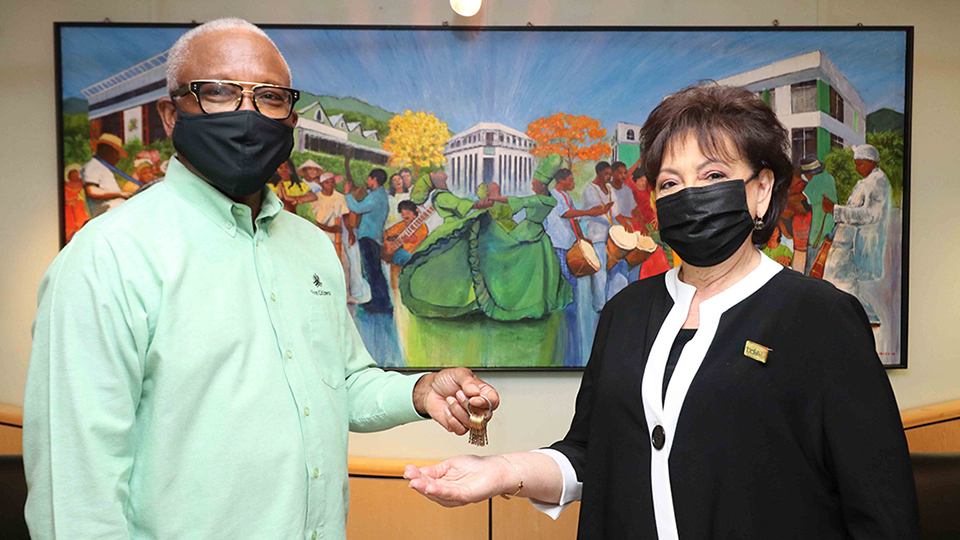
The museum is housed in the historic 1914 Penny Bank building, which went out for public bidding by the First Citizens Bank of Trinidad and Tobago in 2021. The building has a strong historical significance given its proximity to the birthplace of Carnival, east Port of Spain. The Carnival Museum displays the rich cultural history of Trinidad and Tobago, and despite the Penny Bank building undergoing renovations, several temporary exhibitions on stories of Carnival have been curated.
Sometimes I can hardly believe that I can reach out and touch the walls of the Trinidad & Tobago Carnival Museum. After many years of being in Carnival I have always dreamed of a museum that would showcase our rich history of mas. Many forces came together that made the dream a reality, firstly a building that would no longer be used as a bank, which was situated in the birthplace of carnival, east Port of Spain. Secondly, the COVID pandemic hit with a force that caused the world to lock down. This freed up the time of many people who signed on to help the project get off the ground. The rest is history.
Rosalind Gabriel, Director of the Trinidad and Tobago Carnival Museum
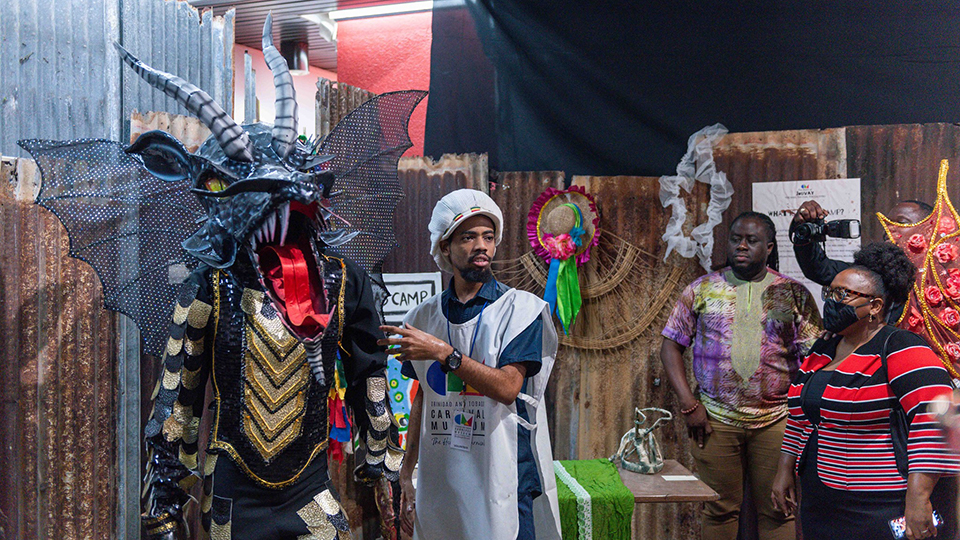
The first temporary exhibition at the Carnival Museum was “The History of Carnival”, and it opened in July, 2022. In 2023, the museum hosted temporary exhibitions on “The Story of Jouvay”, “The Evolution of Steel Pan in Art” and “The Story of Calypso featuring Women in Calypso”. The “The Evolution of Steel Pan in Art” exhibition was launched in August, 2023 in celebration of the international day of the Steel Pan. The exhibitions on “The Evolution of Steel Pan in Art” and “The Story of Calypso featuring Women in Calypso” continue to be available to visitors throughout the Carnival 2024 season.
Cultivating culture through creativity and IP
The fully operating museum will comprise a physical museum with permanent and temporary exhibits; a virtual museum; a hall of fame for Calypso, Pan and Mas; and a research and education hub. The education hub of the museum will be used to train carnival practitioners on how to generate income from their creativity, and to teach the youth about the carnival artforms such as costume making, stilt walking, stick fighting, drumming, dance, pan playing, calypso, and embodying traditional characters.
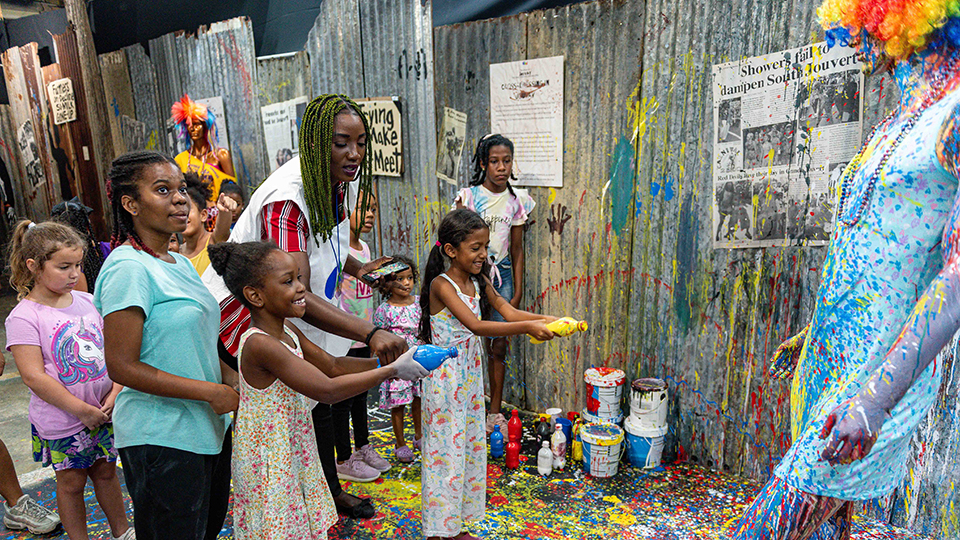
The Carnival Museum will generate revenue through ticket sales, a physical and online giftshop to sell carnival merchandise, a cafeteria, and the rental of the museum space for events. When developing the business strategy of the museum, Rosalind and Kenny were put in touch with Regan Asgarali, the Controller at the Intellectual Property Office of Trinidad and Tobago for guidance on intellectual property (IP) matters. Following this call for support, WIPO jointly organized a conference with the IP Office of Trinidad and Tobago for the Carnival Museum Steering Committee to develop an IP strategy for the museum. The conference and the IP strategy were delivered under the framework of WIPO's COVID-19 Response Package, which supports impact-driven projects that contribute to the economic recovery of member states in the aftermath of the pandemic.
Intellectual property and its application to the creative Carnival sector has always been a challenge to implement in the absence of an appropriate model to follow. Hence, the conference was timely and instructive for the Carnival Museum Steering Committee in developing an IP strategy.
Kenny Attai, Carnival Consultant and Chairman of the Carnival Museum Steering Committee
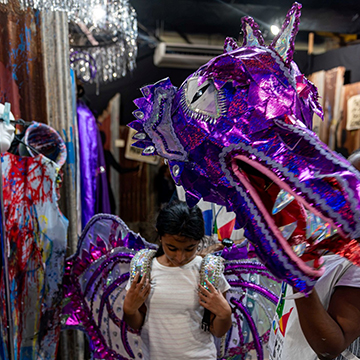
Carnival Museum trying out a costume.
(Image: Trinidad and Tobago Carnival Museum)
The IP strategy of the Carnival Museum of Trinidad and Tobago is a reference tool that was developed for festival organizers to guide them in matters pertaining to the management of IP assets of Carnival such as music, performing arts, costumes, and art. The strategy comprises a set of IP best-practices that will enable practitioners to protect, preserve and leverage the culture and artforms of Trinidad and Tobago, for the long-term educational and commercial sustainability of the country's cultural heritage.
IP considerations for the museum's franchising and merchandising are part of the strategy which will enable the generation of consistent revenues for the museum. As part of the support offered by WIPO, an IP helpdesk will also be set up in cooperation with the museum to help practitioners in the carnival industry determine their IP entitlements. The Trinidad and Tobago National IP Training Center, a WIPO IP Training Institution (IPTI), is also involved in training carnival practitioners about the importance and value of their IP to their culture and economy through the museum.
With the guidance and support of the IPTI in conducting workshops and the IP helpdesk, the Carnival Museum is well positioned to engage the practitioners and artistes who now have an avenue to enjoy the fruits of their ideas and creativity.
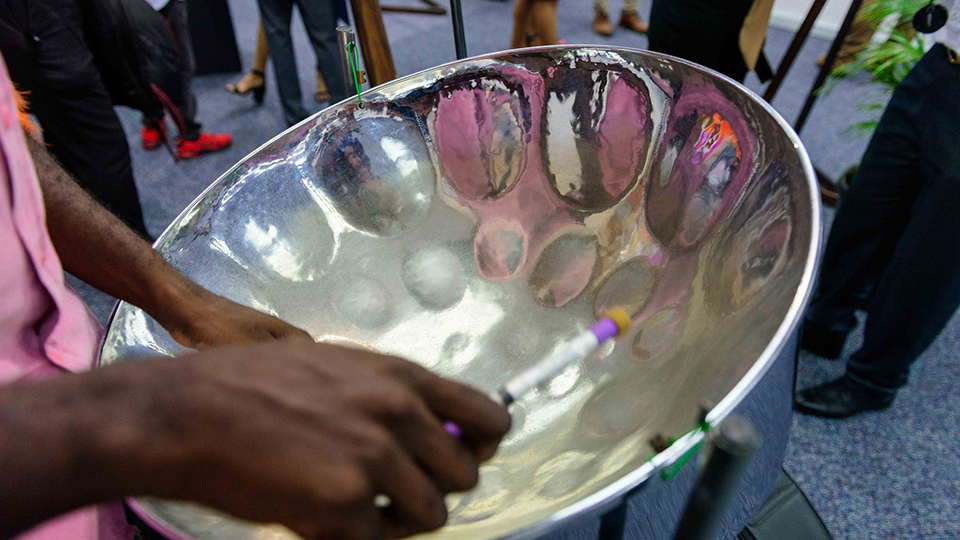
Learn about the role of IP in Trinidad and Tobago's Carnival
In the following episode of the Classroom Conversations podcast mini-series, Regan Asgarali, the Controller of the Intellectual Property Office of Trinidad and Tobago, explains how IP is a core element of the Carnival, enabling people to celebrate their culture and contribute to the social economy of the country: